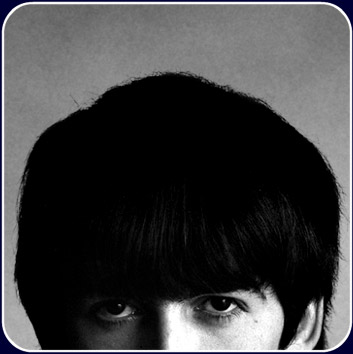
Yeah . . .


Yeah . . .
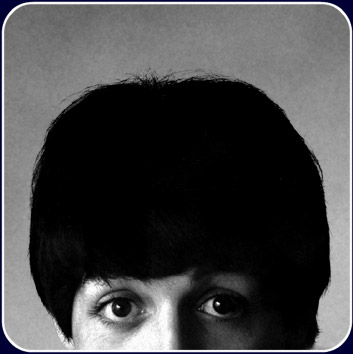
Yeah . . .
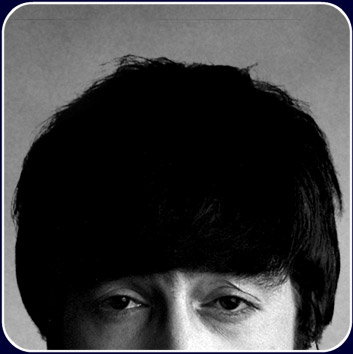
Yeah . . .
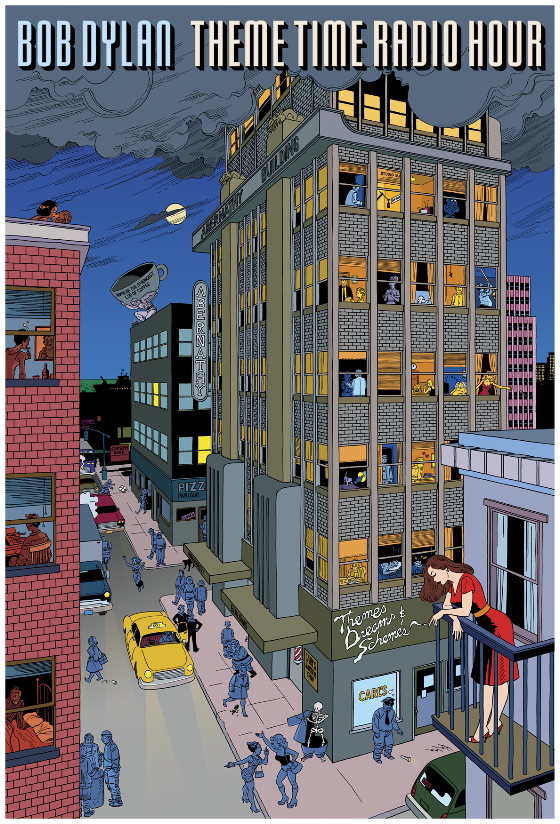
This is a poster designed by Jaime Hernandez, of the awesome comics duo
Los Bros Hernandez, for Bob Dylan's great show on XM Satellite Radio,
which might be the best radio music show of all time. Each week
Dylan plays songs he likes on a given topic. The songs are great,
but it's also great to see how Dylan organizes music in his mind.
It's much the way he organizes images in his songs — according to
associations and affinities that don't follow conventional rules or
categories.
I don't listen to the show much because like more and more people these days I have a hard
time dealing with scheduled entertainment — unless it's something live
like a baseball game. If it's digital and I can't download it or
get a copy of it to enjoy at my leisure, it's too much trouble, too
annoying — too much about the convenience of the provider and not
enough about my convenience.
[With thanks to Boing Boing for the link.]
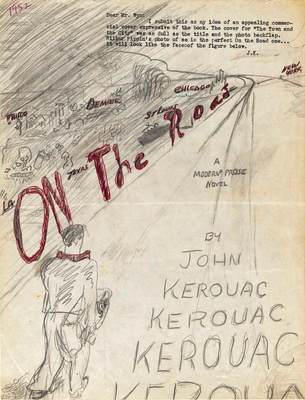
This month marks the 50th anniversary of the publication of Jack Kerouac's On the Road
and the book is getting a lot of attention. (That's Kerouac's
design for the book's cover above.) It was certainly an important
book — crystalizing the odd malaise that gripped America after WWII
and presenting an image of the way American youth would react to it, in
increasing numbers, by cutting loose from everything, drifting into a
world of sensuality and drugs, hitting the road in search of . . .
something. The book's freewheeling, lyrical prose was brilliant
enough to allow one to take it seriously as a work of art, to place it
in the picaresque tradition of Huckleberry Finn.
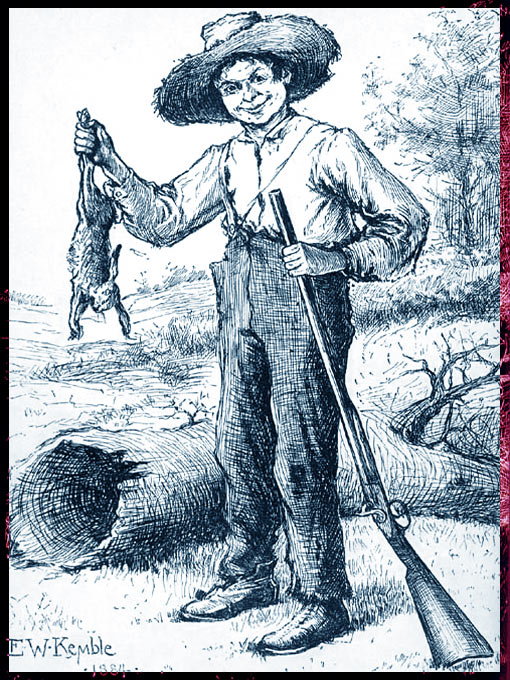
The moral and spiritual emptiness of On the Road's
protagonists was part of the
book's truth, of course, but that truth, to me, was a thin one, without
any deep humane dimensions — and this is nowhere better revealed than
in
the book's depiction of women. It's not just that Kerouac's
protagonist's treat them badly, or indifferently, but that they don't
seem to see them as human beings — and, more importantly, that the
author himself doesn't seem to see them as human beings. This is
quite a different thing from writing women characters badly,
unconvincingly — quite a different thing from ignoring women or even
raging against them for their otherness, as Henry Miller sometimes
did.
Kerouac simply seems to see women as an existential nullity.
Some women say this doesn't bother them — that the freedom
and exhilaration of the book's spirit is an inspiration to them as
women, however the women in the book are drawn. I can appreciate
the sense of that — but it doesn't lessen my revulsion at the way the
women in the book are drawn. It strikes me as revealing a basic
truth about almost all beat fiction and poetry — that once you get
past the attitude, the style, there's very little underneath it, and
what there is underneath it is often repellent.

William Burrough's magical, fractured prose, best appreciated in his
recorded readings of it, is invigorating and exciting — but a little
of it goes a long way. It's like a jazz improvisation on a melody
that the musician has forgotten, or never knew in the first
place. It's a gesture, an exercise, not an artistic creation.
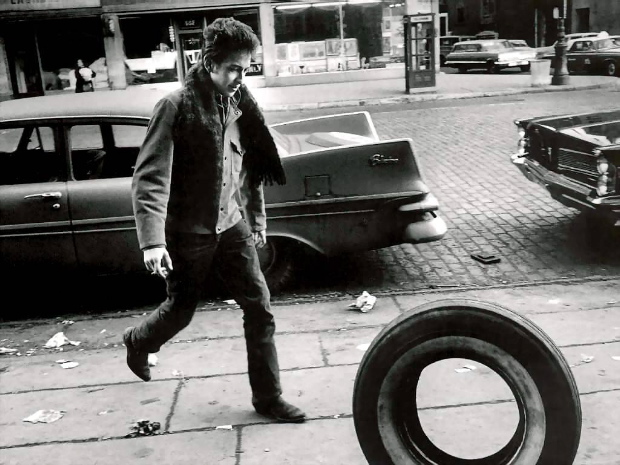
Bob Dylan was the great inheritor of the beat tradition, but he
grounded his improvisations firmly in the blues and folk traditions —
he was engaged, with a great deal of humility, in a conversation with something beyond himself.
His early work is marred by some of the same misogyny one finds in the
beats, by images of women that alternate between goddess and destroyer,
with no convincing human presence in either.

But Dylan, unlike the beats, grew as an artist. He listened to
the culture around him, its roots and moods, and talked back to
it. His work wasn't just an interior howl, a negation — he was a
rolling stone who could step outside of himself and watch himself roll.
When Kerouac tried that he was appalled by what he saw — or didn't
see. He ended his life drunk, stoned, in a state of utter decay and
despair. We can see the roots of that in On the Road. Kierkegaard said that the precise quality of despair is that it is unaware of itself. On the Road
is a harrowing portrait of a despair that is unaware of itself — one
its author shared, unawares, with the book's protagonists.
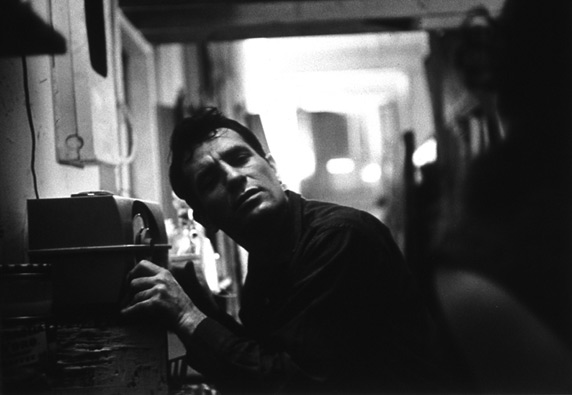
Kerouac's defenders say that only the work matters — not the
life. But I say that with Kerouac the life is in the work — is
not
transcended in the work. Which is not to say that the book isn't an
extraordinary thing, with passages of true greatness, depictions of
places and moods that are indelible, an authentic and often moving
voice with it's its own kind of feckless grandeur. It's just to say that there's something missing from it —
some element of heart and soul and sympathy that is crucial to any great work of art.
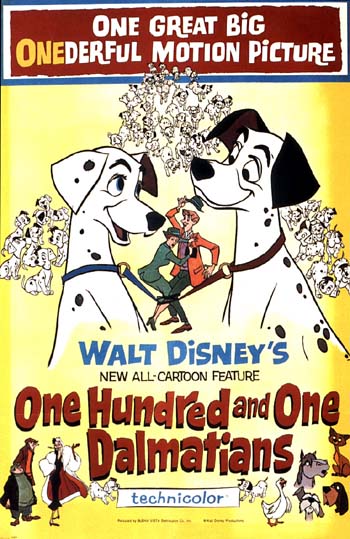
In the list
I recently linked to, showing the 100 top-grossing films of all time (domestically),
with revenues adjusted for constant dollars, there are, as you would
suspect, a number of Disney classics. Many of these films
performed only adequately on their initial release but kept making money over the years. Snow White was the only one to make the top ten but I was surprised to see 101 Dalmatians
at number eleven. This is one of my favorite Disney films but I
always thought of it as a minor work, and certainly not a
mega-hit. Apparently a lot of other people have loved it as much
as I do.
Word is that a two-disc Platinum Edition of the film, loaded with
extras, will be coming out next year, which is exciting news.
Disney also released a CD of the soundtrack a few years ago — it's a
wonderful, light, slightly jazzy score that really evokes the early,
pre-Beatles Sixties. It's now out of print but copies can still
be found on Amazon — and it's well worth tracking down.
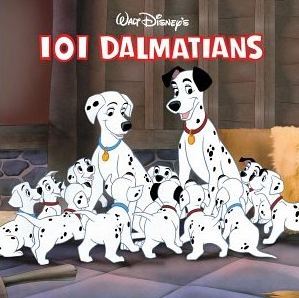
Check out the film, too, if you don't know it — but just rent it, in
case you fall in love with it and want to grab the definitive edition
when it comes out in 2008.

This
is Alan Fraser, an old friend from the newsgroup rec.music.dylan, which
I was once heavily involved in but have long abandoned (it got too
creepy.)
It was Alan who answered the first question I ever posted
there, around 1998, seeking track information for an import Dylan
collection called Masterpieces. Alan is the world's foremost
authority on Dylan rarities — officially released but rare or obscure
recordings. Here's a link to his invaluable web site database:
Alan
is also a fan of sci-fi and has passed along a lot of great book
recommendations in that genre. I never knew what Alan looked like until he sent this picture — he
lives in England — but I imagined his jovial smile almost exactly . .
. it's just there in what he writes, in his cheerful helpfulness. He was
the guy on the newsgroup who always answered the question of a first-time
poster with good-natured seriousness, even if it was a question that had
been asked a million times before.
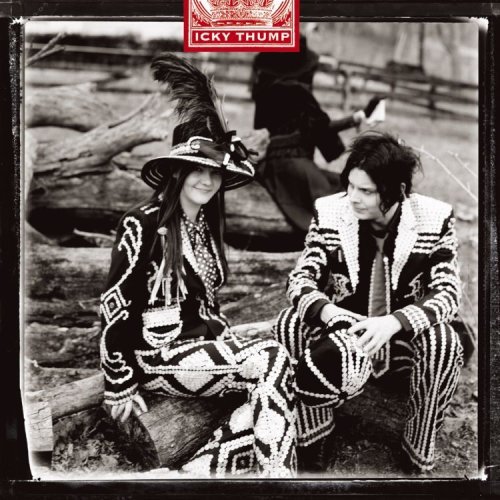
Mark your calendars — the new White Stripes album Icky Thump arrives on 19 June. Meanwhile, here's a video
of the title song to whet your appetite. It seems to have been
partly filmed in a Mexican whorehouse, and the lyrics have a message
for people obsessed with illegal aliens from south of the border —
“kick yourself out . . . you're an immigrant, too.”
¡Viva Stripes!
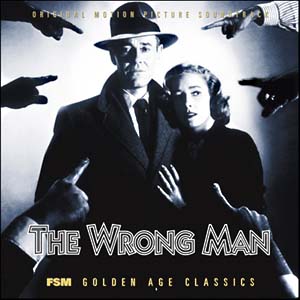
The 20th-Century notion of “absolute music” tended to
capture the imaginations of composers who wanted to be
thought “modern”. They generally abandoned the emotional, descriptive
and/or
narrative ambitions of 19th-Century program music in favor of a more
severe system of abstraction. This marked the end of concert music as
a popular art form but not the end of program music, which went on its
merry way in movies, where it continued to enthrall a large public.
Of course, people didn't pay as much conscious
attention to this music as they used to in the concert hall, but they
could have, with profit. To prove this assertion all you have to do is
listen to the many classic film scores now available on CD — the
original tracks recorded for the films or later re-recordings of the
scores. Many of them are magnificent pieces of music in their own
right. It helps to have the “program” in mind, a memory of the films
this music supported, but it's not absolutely necessary with the very
best scores — like those of Bernard Herrmann, for example.
Hermann didn't specialize in creating memorable
melodies but he was a master
at using the colors of an orchestra to evoke mood and he had a great
and subtle understanding of the dramatic uses of rhythm. All of his
Hitchcock scores are brilliant, even the less famous of them like the
score he did for The Wrong Man. Edgy, dark, minimalist, jazz-inflected, it
perfectly mirrors the bleak and jagged realism of Hitchcock's 50s-era
New York
City, its dehumanizing institutions and its spiritual
chaos. But it has a lyrical core,
too, that echoes the protagonist's yearning for deliverance.
It's not absolute music, to be sure — but it's
absolutely wonderful.
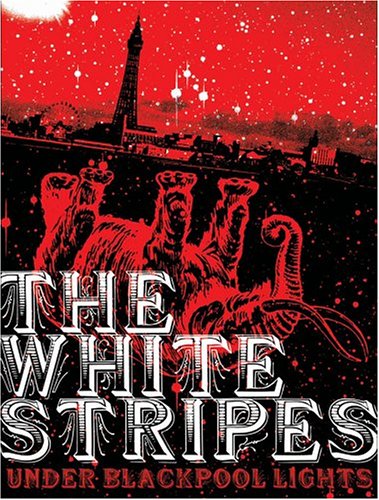
If
you haven't seen the White Stripes concert DVD Under Blackpool
Lights, check it out immediately. Shot entirely on 8mm it's a gorgeous thing —
sort of a cross between The Last Waltz and the Zapruder footage. You
can buy it here:
Under Blackpool Lights
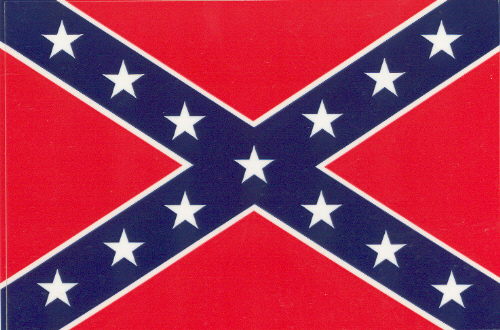
From my sister Lee:
In
1985, I went to see Doc Watson perform at Thalian Hall in Wilmington,
North Carolina. When summoned for his encore, he announced, “Now
I’m going to sing America’s second national anthem.” And he began
to play Dixie. The
audience went insanely wild, feet stomping, hysterical cheers. It
was thrilling. I was totally swept away.
And for years after, it continued to bother me. Why was it so
thrilling? What did it mean? I just couldn't figure it
out. The Civil War seemed to be so simple for Northerners, and
still so complicated for the rest of us. So I forgot about Doc
Watson and Dixie,
felt embarrassed by it, and rather guilty too, and chalked it up to
another mysterious, uncharted connection to my “country.” Then, last
summer, after leaving the Civil War battlefield of Chancellorsville with Lloyd, my mom and my two
kids, with my head full of ghosts, and a vision of Robert E. Lee
swinging his hat over his head, his eyes gleaming with victory, I asked
Lloyd if his miraculous i-pod contained within it the song Dixie, and if so, to play it. It did, and he did.
Since then, I have located Bob Dylan’s version of Dixie.
And I play it a lot. But I’m careful to close all of my windows,
so that no one can hear it. My neighbors are
African-American. I like them, and I’m worried they will think it
is racist to listen to this song. I pause it when the mail man is
close to the house. It’s like a dirty secret. And this
gnaws at me.
So I did some research into the history of the song Dixie,
and, like the song itself, I found it both comforting and
disturbing. The authorship is generally attributed to Daniel
Decatur Emmett, of Turkey in the Straw
fame, an Ohioan who allegedly wrote the song in 1859 while living in New
York City. A competing account tells us that the song was really
an old African-American tune revived by the black musician brothers Ben
and Lou Snowden, whose joint tombstone proudly declares “They taught Dixie to Dan Emmett.” Either way, the song was a smash hit, particularly in the North.
When Abraham Lincoln first heard the song in Chicago, he shouted “Let’s
have it again! Let’s have it again!” By all accounts, it
remained one of his favorite songs, before, during, and after the Civil
War. “I just feel like marching, always, when that tune is
played,” he said. When the war was over, he made a special point
of requesting it at public events. “That tune is now Federal
property and it is good to show the rebels that, with us in power, they
will be free to hear it again…I insisted yesterday that we fairly
captured it..and that it is our lawful prize.”
It is unconscionable that almost a hundred years later, psycho white supremacists used the song as a sparring partner for We Shall Overcome
during the Civil Rights Movement, associating it (really, I
believe, for the first time) with institutionalized racism. It
was a despicable and cowardly answer to Lincoln’s generosity. But
if “possible use by psychos” is a litmus test for a thing’s viability,
then we shall have to throw out a good many things, the Christian
church and our own government for starters.
In my research, I stumbled on this quote from Howard Sacks, and despite
the fact that he is an academic, I quite liked it. He says, “What
[Dixie]
tells us is that black, white, male, female, southern, northern, slave,
free, urban, rural–these aren’t separate realms. The story of
the American experience is the story of the movement between these
realms.”
Which, naturally, brings Elvis Presley to mind. Clearly, it was
no accident that Lloyd’s astoundingly brilliant Navigator preceded our
tour of Chancellorsville with a visit to Graceland. Elvis sang Dixie,
and if there was ever any American who was not a racist, it was
Elvis. His heart and his instincts on that score were pretty near
perfect.
So here’s what I’m wondering: If Abraham Lincoln claimed Dixie
as his prize of war, why can’t we reclaim it as a prize for our
heartbreak? Heartbreak that we ever tolerated slavery in our
country for even a nanosecond, heartbreak that we ever took up
arms against each other and heartbreak that all too often we let
Lincoln down. I don’t see why we can’t do that.
Dylan's version of Dixie can be found on the Masked and Anonymous soundtrack album.
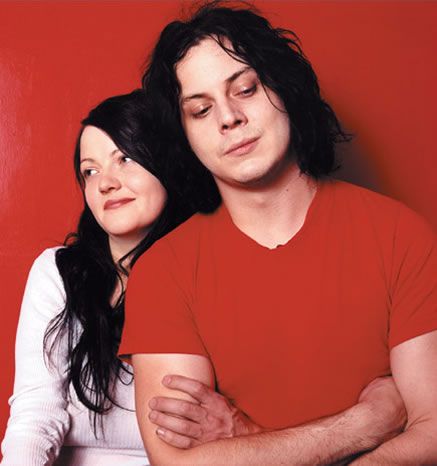
Amazon’s resident critic says that Get Behind Me, Satan
is the White Stripes’s strangest and least focused
album but also their finest — and that’s not a bad summary. As with a
lot of great Bob Dylan albums it gives the impression of someone
rummaging around in the attic of American music and American culture
looking for answers to some desperate personal problems — and even if
the answers aren’t always forthcoming, there’s still the consolation of
realizing that there are a lot of cool and scary things up there.
Jack White on this album bumps into a lot of ghosts and has a disturbing
encounter with Rita Hayworth as he deconstructs his garage band style
and inflects it with deranged pop and country interpolations. He’s
always done this sort of thing musically, tying it all together with
his strong blues-based guitar — but this time nothing gets tied
together too neatly. It’s almost as though he’s thinking out loud in
the studio and letting us eavesdrop on the session.
The result is raw and silly and powerful and eloquent by turns, defying the slick sound and off-the-rack attitude that homogenizes most bands these days, even those in the neo-rock movement the Stripes have spearheaded.
Jack and Meg are simply continuing their conversation with every tradition of
American popular music — powered by the blues but ranging
far beyond them . . . on a spiritual and anguished search for the soul
of the times. In his liner notes to the album Jack rails against the
sarcasm and irony of pop posturing today — he wants us to face the
terror squarely. The White Stripes, like the great bluesmen that
inspired them, are taking on the devil himself — determined to get at
least a few steps ahead of him before it’s too late.
Here’s a link to the music video of one of the album’s best songs:
Blue Orchid
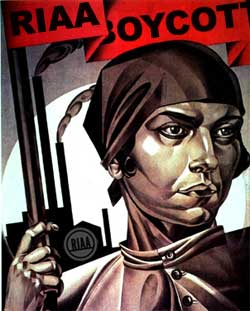

Please
join the RIAA boycott in March. Just for the month of March don't by
any music released by the major record labels represented by the RIAA.
It will be good for your soul.
The
RIAA is one of the biggest, richest and ugliest of the corporate
organizations trying to keep a stranglehold on the conversation of
culture. The RIAA has spent millions of dollars taking kids to court
for sharing copyrighted music over the Web, essentially trying to
criminalize an entire generation, and is now trying desperately to shut
down local wireless hot-spots by promoting a bill that would make any
wireless network provider legally liable for any activity that occurred
over that network, including the sharing of copyrighted work — which
would effectively end local wireless service. No local provider could
ever hope to match the RIAA's legal and financial resources — just
responding to one of their lawsuits, even a groundless one, would put the provider out of business.
I
don't advocate piracy but the RIAA is trying to create a world in which
the state enforces a monopoly distribution system owned and controlled
by large corporations. The willingness of the record labels
represented by the RIAA to destroy local wireless service in its
infancy is a sign that they've become some of the most vicious mad dogs
of corporate tyranny — blind to any values or any new technology which
might interfere with their desire to perpetuate outdated business
models and gain total control over the distribution of culture.
What
does the boycott mean? Well, at its worst, for one month you don't buy
any Bob Dylan albums, since Sony belongs to the RIAA — but you can
still go see him in concert. At its best it means that you can buy all
the White Stripes albums you want, because they don't release through
an RIAA affiliate. Go Stripes!
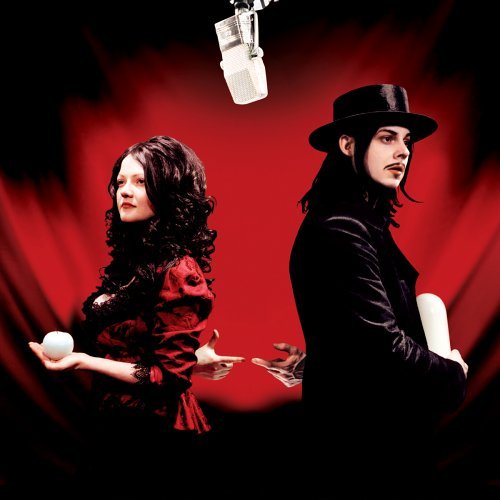
At
its very best it means that you can look for and buy new music by
artists who reject the madness of the corporate distributors . . . on
MySpace or at Internet music distributors like eMusic.
If you want to find out what music is covered by the RIAA just go to RIAA Radar and do a simple search.
It's only a month, it won't bring the RIAA to its knees — but it's a start. Do it and tell everyone you know about it.
For more info on the RIAA and the boycott, go here.
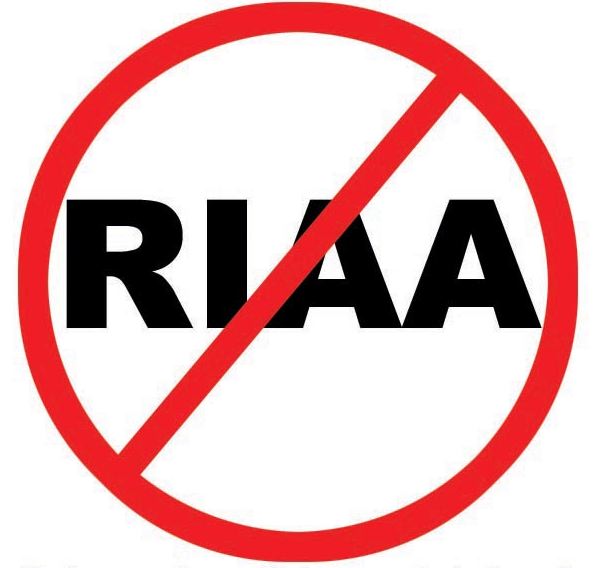
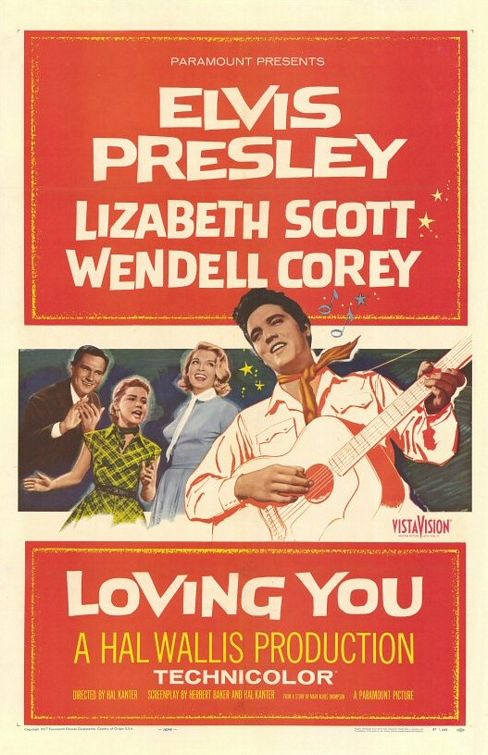
This film, has nothing — whatsoever — to recommend
it . . . except Elvis Presley in his prime and a bunch of decent early
Elvis songs. Of course, that's enough.
The story, which riffs superficially on Elvis early
career, is contrived, the dialogue thuds along without even a whiff of
wit or believability, the photography is dull and the directing is
ham-handed. But the young Elvis prowls through this wasteland of
mediocrity with an almost feral grace — as innocent as a panther, and almost as beautiful.
He
doesn't seem to realize himself the power his
combination of virility and sweetness projects, and that naivete is
part of his charm. Unless you were there, and of a certain age, it's
probably impossible even to imagine the effect his persona had when it
appeared as if from nowhere in the middle of the Eisenhower years.
America still hasn't gotten over it, and probably never will. He's
become part of what it means to be American.
When you watch this film — Elvis's third, and first in
color — just sit back, endure the exposition, and wait for the miracle
to manifest itself . . . every time Elvis shows up on screen.

I’ve been reading a lot about Shakespeare recently and somewhere in that reading I ran across a mention of Orlando Gibbons, the other great English composer of the Tudor era (besides William Byrd.) I decided to check him out, particularly after leaning that he was Glenn Gould’s favorite composer.
Gibbons can be appreciated as a sort of alternative to Bach, with the same logical clarity but more theatricality, whimsy and lyricism. You can hear the cultural giddiness of Elizabethan England in Gibbons’s work, as you can in Shakespeare’s poetry.
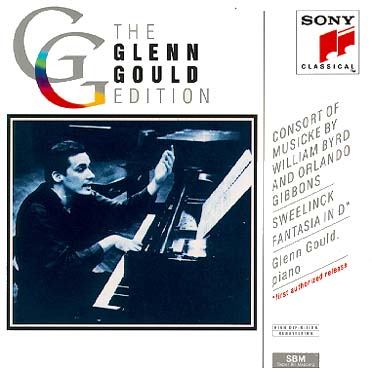
Gould only recorded a few pieces by Gibbons but they’re fascinating performances. Highly expressive, Romantic even, they violate historical style but somehow evoke the essence of the music, in ways stricter interpretations, on more appropriate instruments, sometimes
fail to do.
There are worse ways to spend an evening than listening to the music of Orlando Gibbons. If you have a fire and a glass of good red wine and some strong English cheese — an old cheddar or Stilton would do perfectly — so much the better.